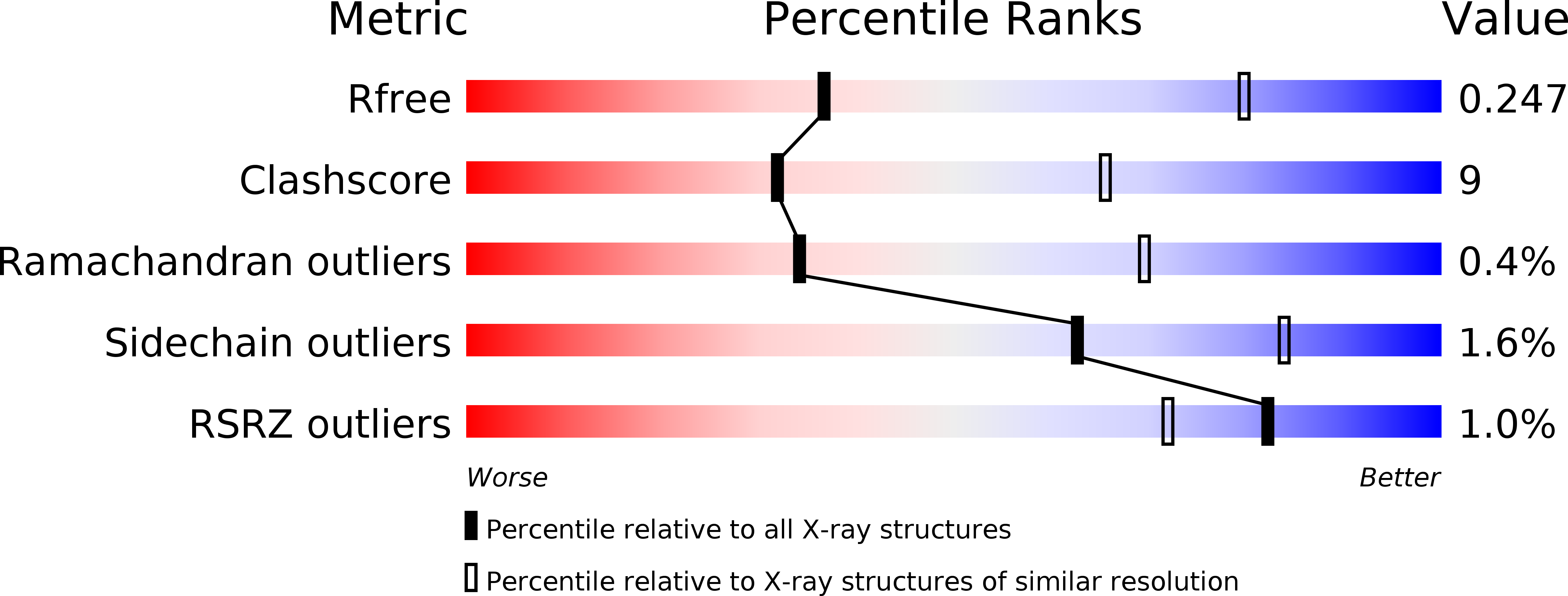
Deposition Date
2020-04-29
Release Date
2020-10-07
Last Version Date
2024-11-13
Entry Detail
PDB ID:
6YWD
Keywords:
Title:
De novo designed protein 4H_01 in complex with Mota antibody
Biological Source:
Source Organism:
Homo sapiens (Taxon ID: 9606)
synthetic construct (Taxon ID: 32630)
synthetic construct (Taxon ID: 32630)
Host Organism:
Method Details:
Experimental Method:
Resolution:
3.20 Å
R-Value Free:
0.24
R-Value Work:
0.20
R-Value Observed:
0.21
Space Group:
P 31 2 1


